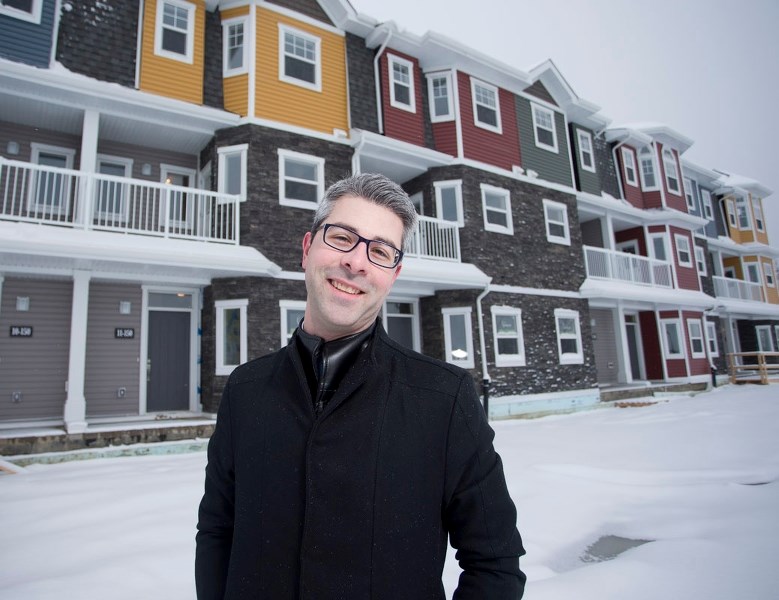From tweaking the city’s land use bylaw to piloting micro-unit housing downtown, the city now has an action plan on file that aims to increase the affordability and diversity of housing types available in St. Albert.
This was the second time the housing diversity report had appeared in front of council. The report had been referred to some other organizations for comments after it was presented last October.
Director of planning and development Carol Bergum assured council that while the action plan was being received, any of the individual actions to be taken would be referred back to council for their approval as needed.
Action plan items include ideas like changing permitted lot designs, establishing a city-led sustainable affordable housing fund or advocating for more seniors housing. The report contained 29 different recommended actions.
Council did pass the motion receiving the report for information unanimously, though at least once councillor expressed some trepidation about some of the actions designed to increase housing diversity and affordability in St. Albert.
“There are quite a few here that I find unsettling,” said Coun. Sheena Hughes.
“St. Albert doesn’t need to be fixed. The people who live here love living here,” she said, adding she doesn’t want to compromise the integrity of what currently exists in St. Albert, and that a reputation for high taxes keeps people away.
Coun. Gilles Prefontaine, who initiated the report being created, wants to see St. Albert have a bigger demographic mix of age groups and residents from all walks of life. He’s concerned about St. Albert’s lower percentage of adults in the 25 to 40 range compared to other municipalities in the region.
“Community here is not about houses, but it’s about people,” he said.
An increasing number of people who work and play in St. Albert are choosing to set up house in other communities. He wants to see housing available in St. Albert for residents to choose no matter what stage of life they’re at.
Prefontaine’s motion had the support of Coun. Tim Osborne.
“This can’t just be an economic argument. I think this is a philosophical conversation about who we are as a community,” Osborne said.
Some members of the public came out to speak to council about the report.
Dick Tansey, chair of the St. Albert chapter of Seniors United Now urged council to adopt the action plan.
Tansey told council affordable housing for seniors is badly needed.
“The affordable housing situation in St. Albert is becoming more and more critical,” Tansey said.
Richard Plain, a former St. Albert mayor and an economist, didn’t have such kind words for the report.
While he said affordable housing is a laudable goal, he thought a wider view should have been taken in the report, including an economic impact analysis.
“This has all hallmarks of a cost-shifting exercise that is sure to invoke the concern and wrath of the city’s middle-class residents,” Plain said. He speculated that having lower-cost housing could mean less property tax revenue for the city, leading to possible tax hikes to keep up the service levels.
While council unanimously approved the receipt of the report, some other topics sparked controversy at council, like the idea of establishing a social planning and affordable housing advisory committee.
“I think we’ve covered it, and we’ve done what we need to do,” said Coun. Cathy Heron. She said the work on the topic of affordable housing in St. Albert needs to continue, but can move forward without a committee.
A similar committee was disbanded by a different iteration of council a few years ago.
But the most controversial part of the action plan on Monday proved to be a reference to an idea of looking at back lanes and alleyways.
Plain had asked why council didn’t take into consideration past discussions and studies of adding back alleys and lanes, suggesting it would increase maintenance costs.
Mayor Nolan Crouse put forward a motion to eliminate any mention of back alleys or back lanes from the document.
“I chose to pluck this out because I believe it’s the wrong decision,” said Crouse.
Other members of council felt the discussion was warranted, noting some streets in the Mission and Braeside neighbourhoods already have back lanes.
Others, like Crouse, weren’t keen on even talking about the topic.
“I refuse to accept that the development community can’t build affordable housing without back lanes,” Coun. Wes Brodhead said.
Crouse’s motion passed in a narrow 4-3 vote.




